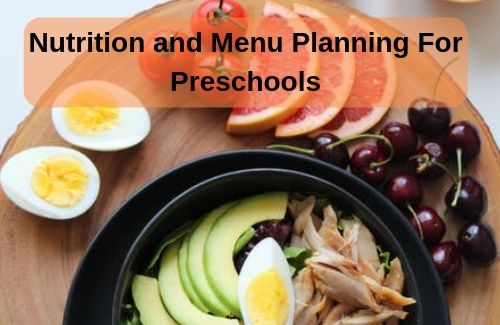
Nutrition And Menu Planning For Preschools
Nutrition and Menu Planning For Preschools
In this article, you will learn about Nutrition and Menu Planning for Preschools. Preschoolers are active, spirited tykes. And while they’re generally adorable and fun, it’s perfectly normal for 3, 4, and 5-year-olds to be opinionated — especially about eating. During the preschool years, your child should be eating the same foods as the rest of the family, with an emphasis on those with nutritional value. This includes fresh vegetables and fruits, nonfat or low-fat dairy products (milk, yogurt, cheeses), lean meats (chicken, turkey, fish, lean hamburger), and whole grain cereals and bread. At the same time, limit or eliminate the junk food in your child’s diet, and get rid of sugared beverages as well.
Depending on the age of your toddler, and their activity level, whether they have a cold, and what you’re up to, they should be able to go 2-3 hours between meals and snacks. That window of time will give them plenty of time to work up an appetite, which can help them be more interested in eating what you serve them. Having set meal and snack times is a good routine to aim for since it can set a cadence to your day and help your toddler know what to expect. (I.E., try not to allow grazing on snacks all day since that is the fastest way to ruin an appetite for an actual meal!)
The following sample menu ideas will get you started. Please note that this menu is intended for a Preschooler.
1. Breakfast
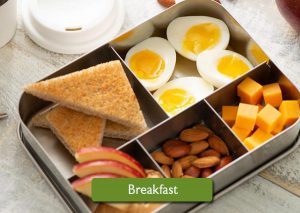
Start the day with a half cup of non-fat or low-fat milk poured over a half cup of whole grain cereal. Slice a half cup of strawberries, banana, or cantaloupe, and top the cereal with the fruit.
• ½ cup nonfat or low-fat milk
• ½ cup cereal
• 4–6 oz. or ½ cup cantaloupe or strawberries or banana
2. Lunch
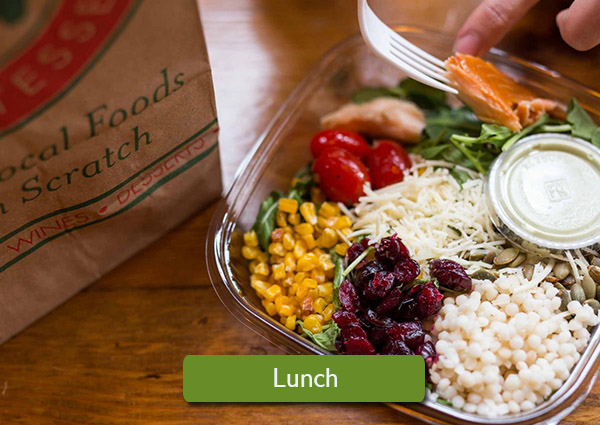
Some preschoolers would rather play than eat, so a quick and easy lunch that is full of nutritious foods is best. Include as many food groups as possible in each meal. An easy lunch could include half a peanut butter and low-sugar jam sandwich on whole-grain bread, orange wedges and a cup of milk. Another quick lunch could include whole-grain crackers with cheese and ham slices, half a banana and a glass of 100 percent fruit juice.
• ½ cup nonfat or low-fat milk
• 1 sandwich—2 slices whole wheat bread with 1–2 oz. of meat and cheese, veggie and dressing (if needed) or peanut butter and jelly
• ¼ cup dark-yellow or dark-green vegetable
3. Snacks
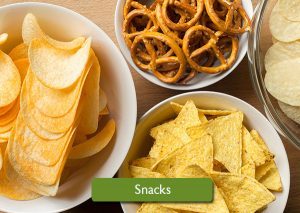
For a mid-morning snack, prepare a half cup of yogurt topped with a half cup of sliced berries, banana, or melon. Serve it with a half cup of non-fat or low-fat milk. For a mid-afternoon snack, give your child the choice of string cheese, sliced fruit, or one teaspoon of peanut butter spread on one slice of whole wheat bread.
•½ cup nonfat or low-fat milk
•½ cup fruit such as melon, banana, or berries
•½ cup yogurt
4. Dinner
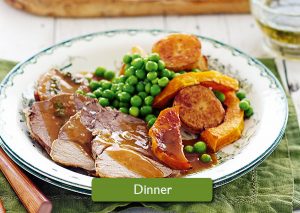
Preschoolers love to feel grown up. Allowing your child to help prepare dinner may help even the pickiest eater to get excited about eating. Ask your preschooler to tear the lettuce for a salad and add other vegetables you cut up. Most preschoolers love chicken nuggets. Make your own using bread crumbs mixed with whole-wheat flour and spices. Have your preschooler shake the chicken pieces in a bag containing the bread crumb mixture, then you can place them on a baking sheet to bake in the oven. Include meat or another protein source, fruit, vegetables, and dairy in each of your preschooler’s dinner menus.Regarding this Best Daycare franchise in India will do a great job.
• ½ cup nonfat or low-fat milk
• 2 ounces of meat, fish, or chicken
• ½ cup pasta, rice, or potato
• ¼ cup vegetable
5. Fruit
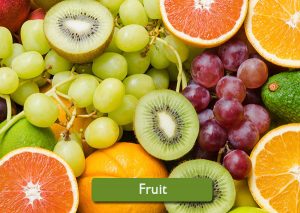
Offer 1 children’s serve of fruit per child per day. One children’s serve of fruit is equal to half a serve in the Australian Dietary Guidelines. This is equivalent to:
• 75g fresh fruit (1 small piece, ½ medium piece or equivalent amount of 2-3 types)
• 75g (½ cup) diced, cooked or canned (drained) fruit
• 15g dried fruit.
A variety of fruit should be provided, at least 2–3 different types per day and 5 different types per week. Dried fruit is a concentrated source of sugar which leaves a sticky residue on teeth and can contribute to tooth decay. If included on the menu it should be offered no more than once per week. Fruit juice is also a concentrated source of sugar and should not be offered as a drink. Some hard fruit may need to be cooked, mashed, grated, pureed or very finely sliced to prevent choking.
If You Are Looking For Best Daycare in Delhi .


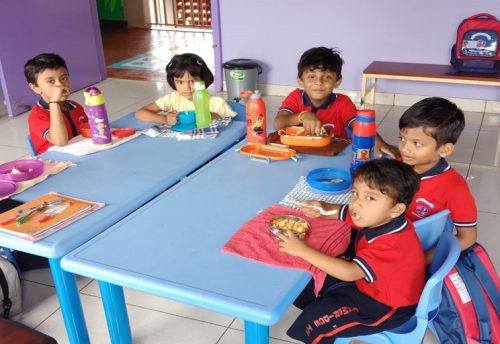


Leave a Reply